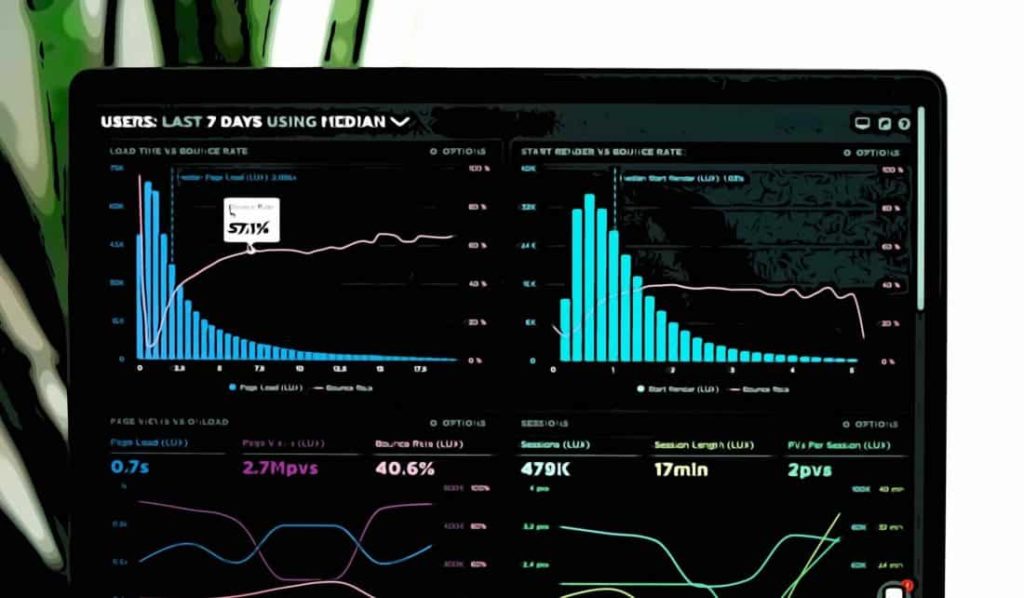One significant challenge marketers face is how they can grow their audiences once they want to achieve scale.
Growing targets will always mean that marketers need to reach more people. The problem that marketers encounter is how to grow these audiences while keeping them relevant to their product or proposition.
Expanding your audience beyond your current database is crucial to achieving future growth. What digital tools for marketers are there to reach new audiences? How can you ensure that a bigger audience doesn’t mean fewer conversions and less relevant consumers?
Table of Contents
What is lookalike modeling?
This is where lookalike modeling comes in. Marketers need to find new customers and ensure that these new audiences are relevant to their businesses goals.
Lookalike modeling is the process of identifying new customers that look and behave like your current audience.
It involves taking a seed audience and defining key characteristics which differentiate these. From here smart modeling and other processes will help to identify a new larger, audience that is similar to your current customers.
What do you need to start building lookalike audiences?
![]()
As with many forms of digital advertising, lookalike modeling works using data. Data comes in many forms, and it’s really up to you to decide on which datasets are the most effective at identifying your target customer.
The most successful lookalike audiences are based on unique first-party data. This needs to encompass a range of first, second and third party datasets that cover both online and offline behavior.
That’s an awful lot of data to process, notwithstanding the process of collecting processing and managing that comes along with it. Luckily there are several solutions to help.
DMP for lookalike audiences
This data is combined with a program that can quickly identify other consumers who exhibit similar behavior. This process usually occurs inside a DMP (data management platform). It can also be done in some demand-side platforms (DSP) as well as in house.
in a little box – a Data management platform is a tool that aggregated and unifies data from many different sources to create a clear, holistic view of your data.
How does lookalike modeling work?
![]()
If that sounds slightly complicated, do not worry. Lookalike modeling is simple as long as you have the right dataset to work from.
Choosing datasets
First party, second party, third party, online, offline CRM, purchase, location – data comes in many different forms and comes from many different places.
You need to pull these datasets into a single place to maximize the effectiveness of your lookalike audiences.
This data is essential to get right. The more information you have, the more likely you are to build a better lookalike audience.
Define attributes
Next up you’ll need to identify the attributes or behaviors that identify your most valuable customers.
This will look different depending on the type of data sets you’re using. You can combine attributes from different datasets to create more specific seed audiences.
The more specific your look-alike model, the more likely you will find your target audiences. The stricter your seed audience, the more likely it will help you to realize your goals.
Of course, this will affect the size of your lookalike audiences. The more attributes you select, the more likely you are to filter out potential customers.
Ultimately it depends on the goals of your campaigns and what you want to achieve by building lookalike audiences. If you need to target specific people with a high-value proposition, then it might make sense to use more narrowly defined behaviors.
However, if you are looking to focus on reach and awareness then being less strict with your attributes will generate a larger audience that will most likely drive more awareness.
Some examples of datasets and attributes
Location-based lookalike audience
Purchase data
frequency and amount
Browsing history
Interest in specific products
Building the lookalike audience
This is done in the DMP or DSP and will look slightly different depending on the type that you use.
For external lookalikes, this might be done via a third party. For example, location-based lookalikes will usually be done by the provider.
The process is similar depending on where it occurs and look like the following.
- Analyze the seed audience
- Apply algorithms to find profiles that match
- The result is a lookalike audience
Start building powerful audiences
What can you use lookalikes for?
![]()
The primary use for lookalike modeling is to find new prospects for your business.
Building lookalike audiences allow marketers to scale their campaigns to relevant consumers. With the instant reach available to marketers via digital targeting platforms, lookalike modeling can instantly help a business scale their key metrics and improve their bottom line.
Lookalike targeting can also help to extend the reach of specific campaigns. All campaigns eventually run dry, no matter how effective they are. Using lookalike audiences, these high performing campaigns can be extended to reach new audiences that will hopefully have a similar level of conversion.
Audience modeling is part of every successful media buying strategy. All media buyers should be aware of how lookalikes work in order to make informed decisions concerning their ad campaigns.
Best practices to build lookalike audiences
- Find the line between reach and conversion – you need to focus on the number of attributes that you select. Too many might reduce the reach of your lookalike. Too few and your lookalike audience will not be closely related to your seed audience to produce the desired results.
- The more data, the better the lookalike modeling will be
- Think about new datasets that your competitors aren’t using. This will give you an advantage and allow you to build better lookalike audiences.
James is the head of marketing at Tamoco




Leave a Reply